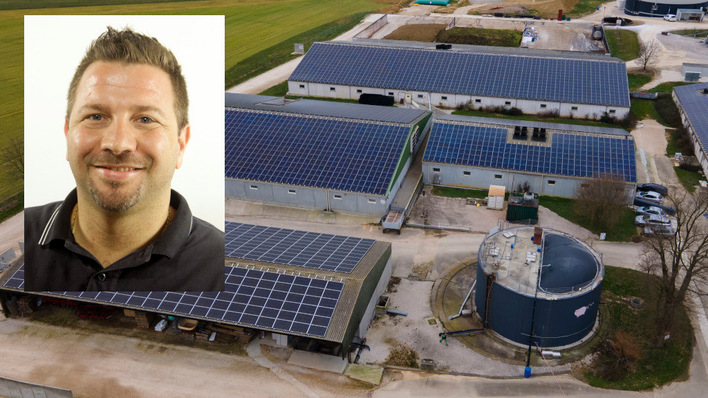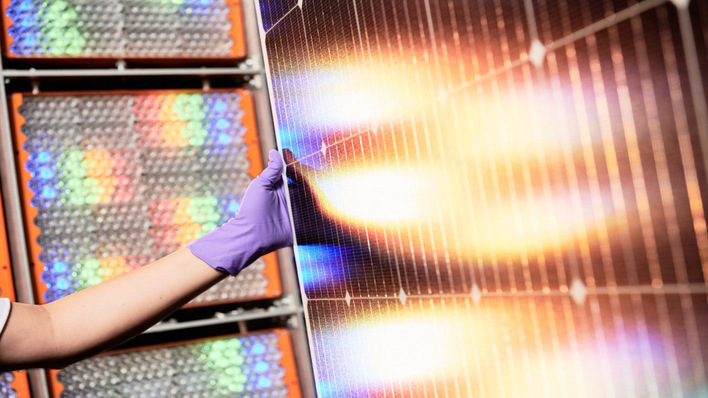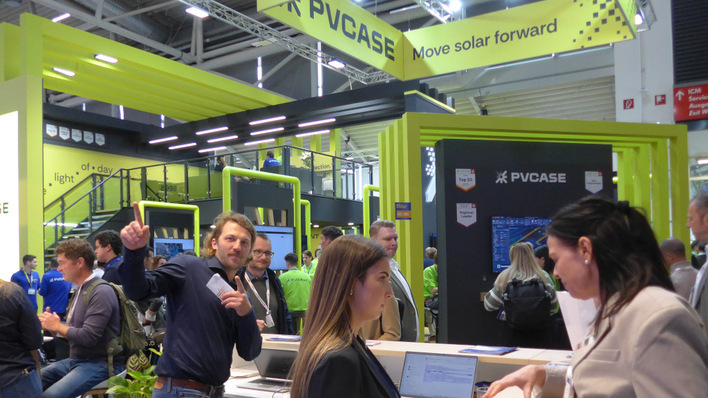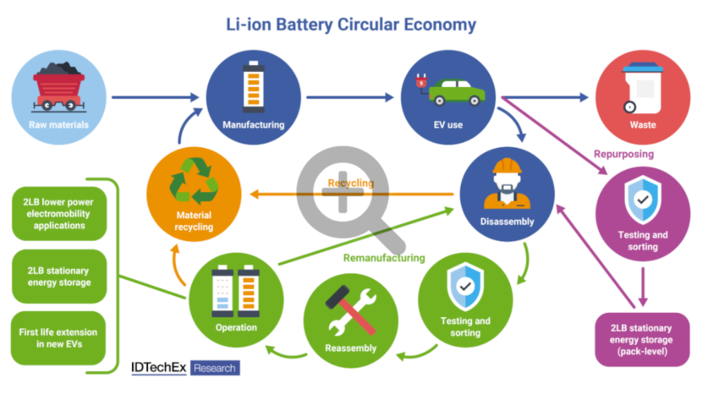To meet the Tier 1 list, manufacturers must meet three criteria. First, the manufacturer must demonstrate that at least six different projects of at least 1.5 megawatts have been built with its solar panels in the past two years. Secondly, these panels must be self-branded and self-produced, and thirdly, these projects must have been financed by six different commercial banks.
"That really started as Bloomberg's elite list with a select group of manufacturers," Scheper recalls. "But that list has grown over the years, as more and more manufacturers have reached a production scale where they could meet these conditions. That's when the real big boys went to Bloomberg and asked if they couldn't do something about it."
Many of recently joined Tier 1 manufacturers relegated
Without giving it too much publicity, the minimum size of the projects has been increased from 1.5 megawatts to a minimum of 5 megawatts each. Because many of the recently joined Tier 1 manufacturers are building larger and larger projects, but do not yet have access to at least six different projects of at least 5 megawatts, they have now been 'relegated' to the Tier 2 list.
"We are talking about 26 manufacturers, while there used to be just under 60 companies as Tier 1," says Scheper. "Adjusting the criteria from one moment to the next so that almost half of them drop out without clearly communicating about it is quite scandalous, I think. On the other hand, the list gradually became a mixed bag of manufacturers and because of this measure it is again what it once was: a list of elite manufacturers."
See also: Sunova Solar still listed Tier 1 player by Bloomberg
Of course, no longer being a Tier 1 company is a matter of loss of status, but it has more consequences. "If your distributor has just had to write down your stock due to the sharp drop in market prices, then it is very annoying if you also turn out to have Tier 2 panels instead of Tier 1 panels, then they are worth even less. You can't do anything about it, because although some dropouts claim to be Tier 1 again next quarter, that jump from 1.5 to 5 megawatts seems far too big to me."
Hope on the horizon
The price declines have continued unabated in recent months. Only the transport costs are the exception to this. The shelling of ships in the Red Sea by the Houthi rebels has resulted in a significantly higher risk premium that has increased the total transport costs relatively substantially. The alternative of detour also remains more expensive, but the consequences are manageable.
Also interesting: End of European PV production?
"The real price increases are not forthcoming, which means that European parties are up to 300 percent more expensive than their Chinese competitors," says Scheper. "You can't compete with that. The European Commission therefore also seems to be coming up with a market subsidy that is conducive to solar panels and components made in Europe and that have a lower CO2 footprint than the Chinese counterparts."
Get the full market outlook report of European Solar for free here
He also notices a change in market sentiment now that the first rays of sunshine are starting to come through. "You don't immediately see it in the figures, but the negativity of the past few months seems to be disappearing. For many consumers, solar panels remain a seasonal product, so now that spring is coming, there is hope on the horizon." (GS/hcn)








